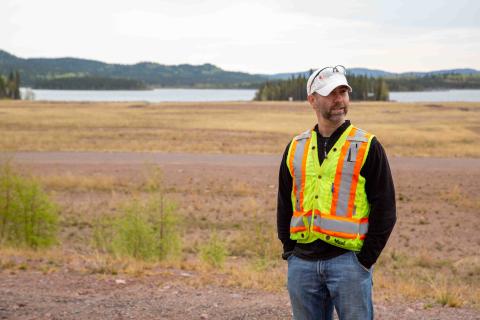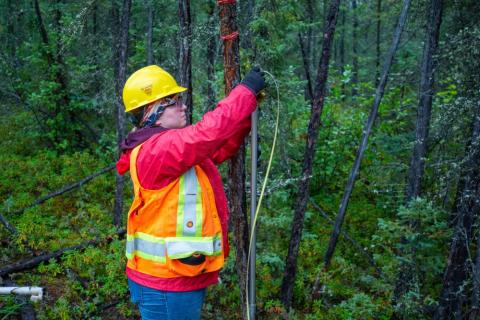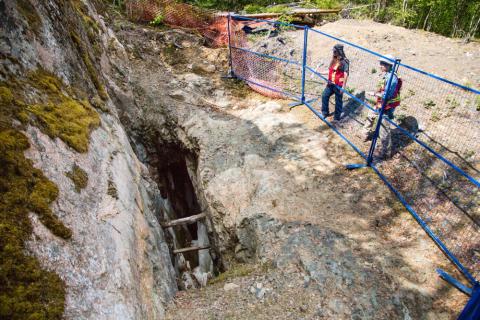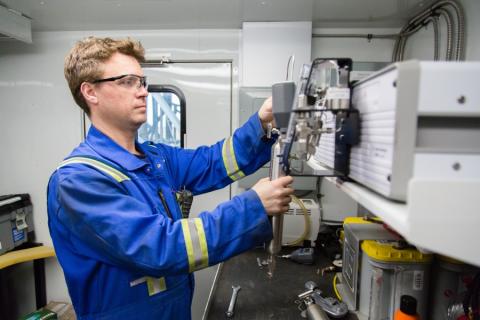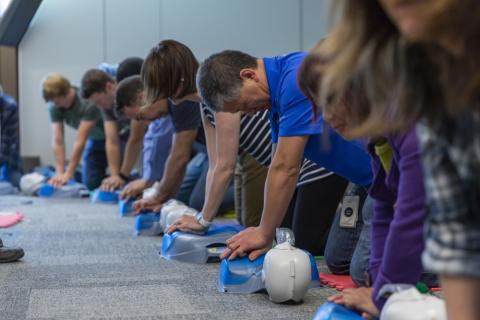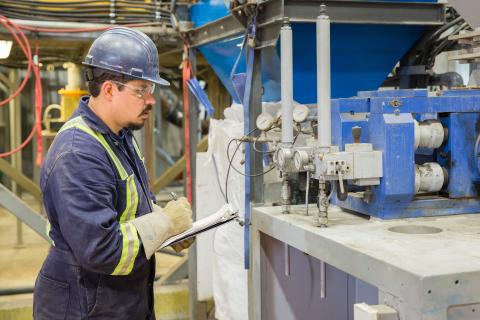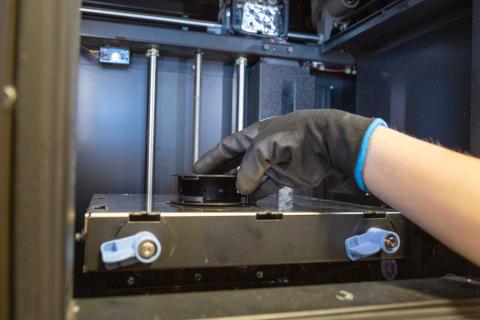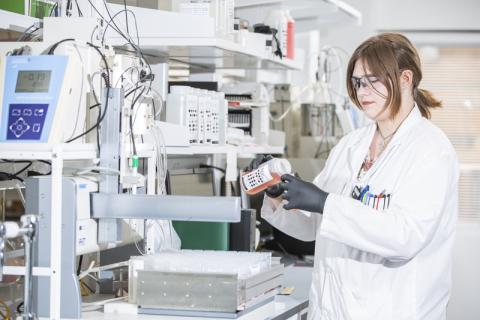From the Lab to the Loading Dock Blog
Ian Wilson leads a team of scientists, engineers and project managers who are remediating 37 abandoned uranium mine sites scattered across remote areas of northern Saskatchewan. Learn what makes this project and the remediation team unique.
An environmental science student shares the hands-on learning she experienced as part of SRC's Aboriginal Mentorship Program. Learn about the diversity of career options in the environmental science field.
When many of uranium mines in northern Saskatchewan were abandoned in the 1950s and 60s, openings to mine workings were left without proper closures and pose a risk to public safety. SRC has been working with local contractors and consulting engineers to build proper mine closures. There are several methods available, depending on the type of opening and the site conditions.
This blog post is the second installment in a two-part series about methane emissions. In the first post , we looked at how methane emissions are created and why there’s a push to reduce them. In this...
Government energy regulators are demanding substantial greenhouse gas (GHG) reductions from industry. While carbon dioxide is a concern, methane poses a bigger problem because it absorbs significantly more energy and has a great impact on global warming.
SRC’s Safety Awards Program was created to recognize employees who have contributed to improving safety at SRC. Learn more about the program and how it's contributed to making SRC a safe place to work.
When a mine operation evaluates how well its plant is performing, it’s important they have reliable, accurate data to compare the present to the past. A plant audit can provide clarity about how a plant is performing as a whole to help improve recovery rates. Learn more.
You may be familiar with the gadgets a home 3-D printer can produce, but engineering 3-D printed parts for industry is a different game. With strength and stiffness requirements, load-carrying parts and mechanical components are slow to find their way to critical applications. Learn more.
Water testing is a hugely complex process involving multiple types of complex scientific instruments that require a significant technical understanding to operate. These complexities sometimes give rise to uncertainty in water test results, and this is where it's important that testing is done through an accredited lab. Learn why.
The Internet of Things (IoT) connects ordinarily mundane devices to the Internet to give you greater knowledge and control of their functions.The Industrial Internet of Things (IIoT) is simply the IoT in an industrial setting. But unlike consumer-grade appliances like refrigerators and toasters, industrial machinery and scientific instrumentation require a few more checks and balances.
